Our body is a very complex system where everything is connected in some way. And that’s why when something doesn’t go the way it should, it sends messages to other parts of the body as a warning sign.
It is in our power and knowledge to be able to recognize these signs and make sure that we fix what needs to be fixed. We want you to be able to recognize potential underlying health problems through these simple ways.
How Can I Feel Better About My Body?
Low Hair Porosity

The way to check the low porosity of your hair is to pour a single strand of washed and dried hair into a glass of water. If the strand sinks to the bottom of the glass, its porosity is too high.
This means that your hair absorbs all the products you are using very quickly and dries in the air in an instant. However, it usually looks very dry and tends to frizz.
To treat high porosity, you need to find the best possible products. You should look for products that have “heavier” ingredients like oils and butter. You can also add a deep conditioning treatment to your weekly routine.
Horizontal Lines On Your Neck
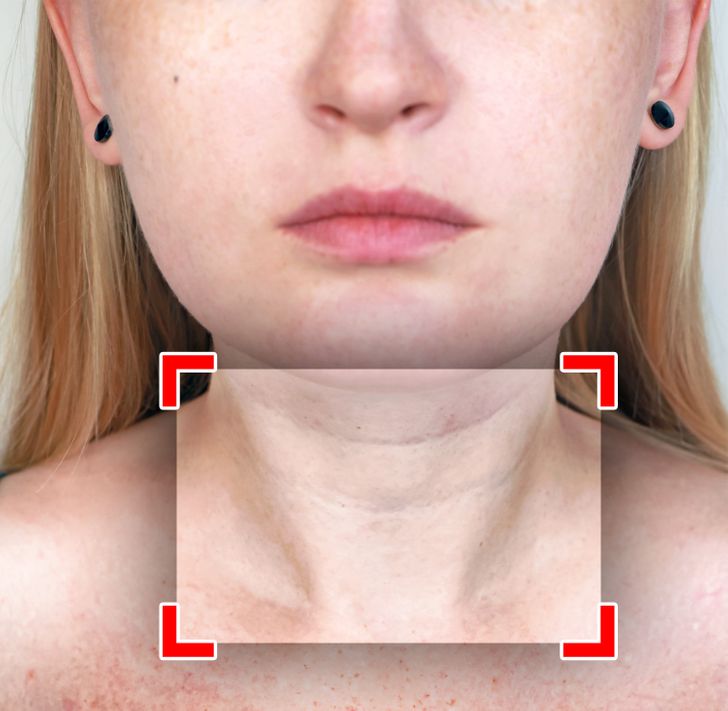
Postmenopausal women produce less estrogen than their body needs to maintain bone strength. And deep neck wrinkles are a worrying sign that bones are becoming more brittle and less dense.
This means that the danger of breaking bones is much higher. Calcium and vitamin D supplements can be a very good idea to prevent osteoporosis.
These wrinkles can also indicate that you need to monitor your thyroid’s performance. If the condition worsens and is not treated, it can start to appear on the neck, among other areas. You should not only look for wrinkles but also flaky skin.
Ulcers On Your Mouth And Tongue
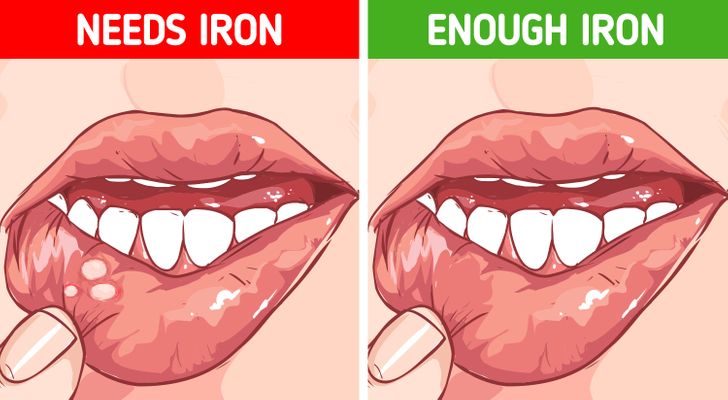
The most common reasons ulcers develop are smoking, allergies, accidental biting of the tongue, and inflammation. However, if none of the above applies to you, you may be deficient in vitamin B12, iron, or folic acid.
These deficiencies do not develop overnight, but rather develop progressively over an extended period of time.
Some other warning signs can be fatigue, dizziness, irregular heartbeat, and muscle weakness. If you go through all of that, you will have to make some drastic changes to your diet and start taking the necessary supplements.
Peeling Nails And Cuticles And White Spots On Your Nails
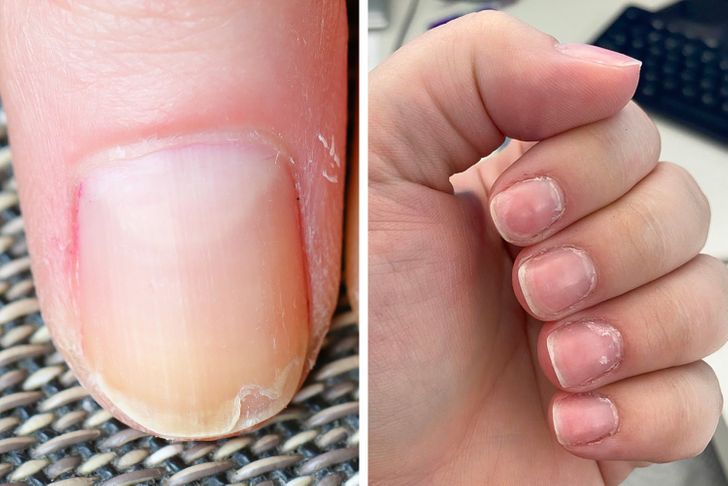
The most common reasons for peeling nails and cuticles are iron deficiency and dehydration. If iron deficiency is not treated in time, it can lead to anemia, which can also lead to various health problems, such as chest pain.
Other reasons for bad nails can be an underactive thyroid, lung disease, or even kidney disease. The best way to treat your nails at home is to follow a diet rich in iron and keep your nails hydrated.
Now, if you start to notice white spots on your nails, there are 4 possible reasons: allergies, fungal infection, injury, or mineral deficiency.
You should pay more attention to the latter, as it will need to be handled with special care. Zinc and calcium are the most common culprits for this deficiency, and the first thing to do is get a blood test.
Cracked Heels

Cracked heels can be caused by dry skin, cold weather, or if you are on your feet for many hours every day. However, they can be indicators of more serious problems like eczema, hypothyroidism, and diabetes.
You can treat your heels by soaking them in soapy water for 20 minutes and rubbing them with a pumice stone. Next, you will need to apply a strong moisturizer that includes lactic acid, jojoba oil, or shea butter.
You will need to see a doctor if your home treatments do not improve your heels. There are many treatments that your podiatrist can do or prescribe, such as a much stronger moisturizer. What you can do daily is check your heels, wash them well, and wear supportive shoes.
Redness Around The Nose, Cheeks, And Forehead

Rosacea is the number one cause of redness in these areas, affecting approximately 14 million people in the United States alone. People over 30 with fair skin are more likely to develop it, as rosacea rarely affects children.
Some of the most common signs are redness, persistent redness, bumps and pimples, and visible blood vessels. Other less common signs include eye irritation, thickening, and swelling of the skin.
Rosacea is usually treated with topical and oral medications that your doctor will prescribe for you. In more severe cases, doctors can use laser treatments to remove visible blood vessels.
Do you have interesting photos or stories and want to appear on Bright Side? Ship everything directly HERE and right now. Meanwhile, we are waiting!
Preview photo credit Shutterstock.com



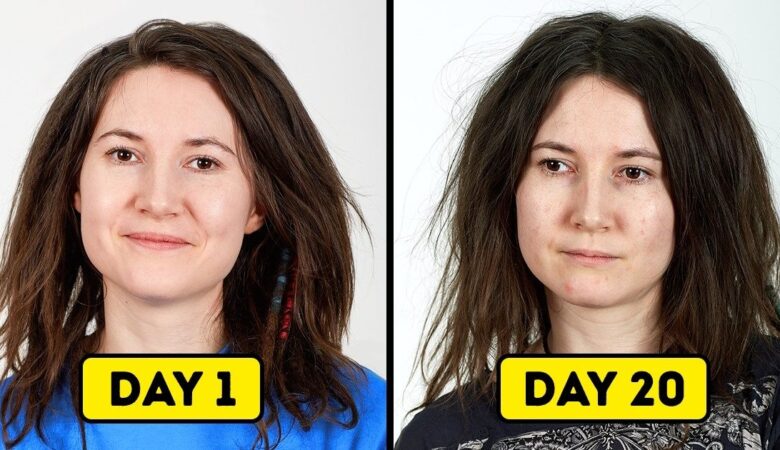
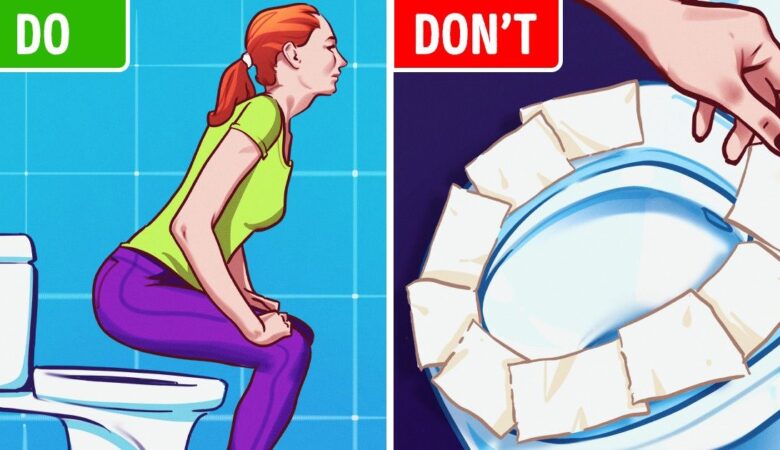



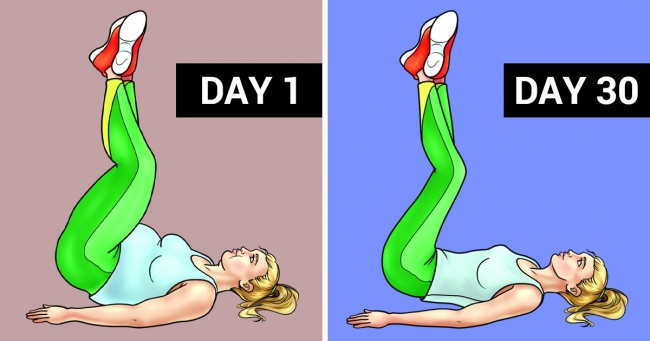
Leave a Reply